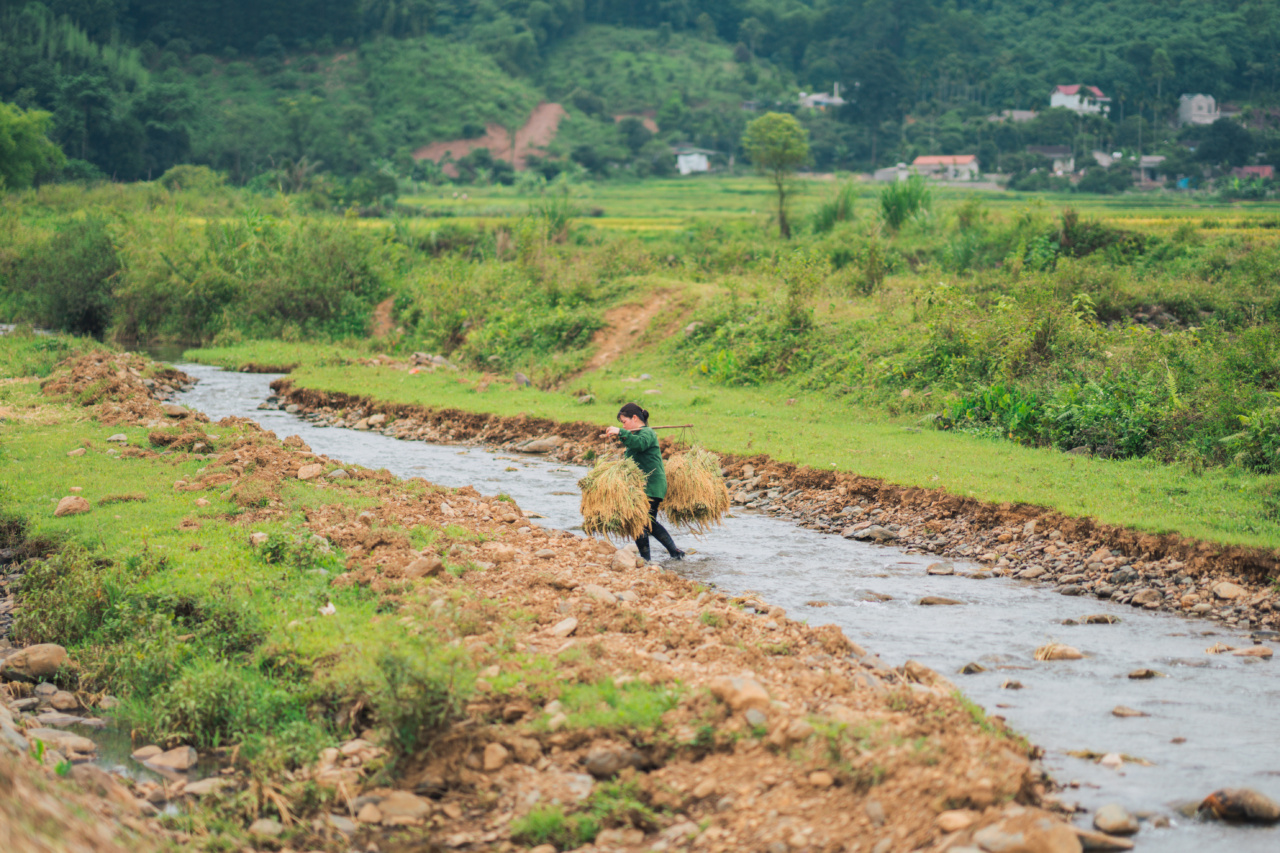Scientists have discovered a key gene that has the potential to enhance mutated rice and increase yield, which could address world hunger. The research conducted by a team of scientists led by Dr.
Shu Xia Chen of the Chinese Academy of Sciences has identified OsKLU2 as an essential gene that enhances rice productivity. The findings of the study were published in the journal Nature Communications..
What is Rice Mutagenesis?
Rice is one of the staple foods of the world and is the primary source of nutrition for almost half of the world’s population.
Rice breeding is essential as it helps create new and improved rice varieties that are more resilient and can provide farmers with higher yields. Rice mutagenesis is a technique that can be used to produce various mutants in rice for selection purposes. Mutations occur naturally, but they can be induced in a controlled environment to produce desired traits in rice.
What is OsKLU2?
OsKLU2 is an essential gene that encodes for a protein that is integral to the formation of plasmodesmata, a channel-like structure that allows communication and nutrient exchange between plant cells.
The research team examined how silencing this gene could affect the productivity of mutated rice. They found that when the gene was silenced, the rice produced fewer seeds and smaller grains, which resulted in lower yields.
Conversely, when the gene was expressed, the rice had a higher number of seeds and larger grains, which resulted in higher yields.
How the Research was Conducted?
To conduct the research, the team relied on the CRISPR-Cas9 genome-editing tool, a technique used to target a specific gene to suppress or express its function.
Using this technique, the team silenced the Osklu2 gene in two rice varieties – Salina and Zhonghua11. The team then observed the growth and development of these plants under different light and temperature conditions. They found that when the gene was silenced, the rice plants had reduced growth and did not produce the same yield as before.
In contrast, when the gene was expressed, the rice plants had better growth and a higher yield.
Implications of the Study
The implications of this study are significant as it provides insight into the impact of plasmodesmata on rice productivity.
By identifying OsKLU2 as an essential gene, the study paves the way for further research investigating how the gene functions and how it can be manipulated to improve rice yield. The research team suggests that by enhancing the formation of plasmodesmata, rice plants can perform better and produce higher yields, which can help to alleviate world hunger.
Future Direction of Research
The study marks a significant milestone in rice breeding, and future research can focus on identifying other genes that play a role in rice productivity.
The research team suggests that by understanding the genes that play a critical role in rice production, researchers can create an optimal growing environment for the rice plant, leading to higher yields. .
Conclusion
In conclusion, the discovery of OsKLU2 provides critical insight into how genes can impact rice production. The research conducted by Dr.
Shu Xia Chen and the team at the Chinese Academy of Sciences demonstrates the potential for gene editing tools such as CRISPR-Cas9 to modify and improve crops. The study highlights the importance of genetic engineering in addressing world hunger.
As research continues, scientists can gain a better understanding of the role of different genes in rice production and create new and improved rice varieties that can meet the demands of a growing population.































